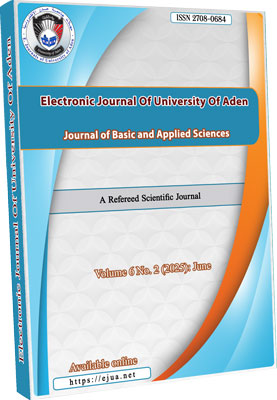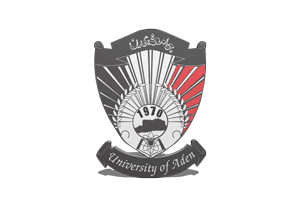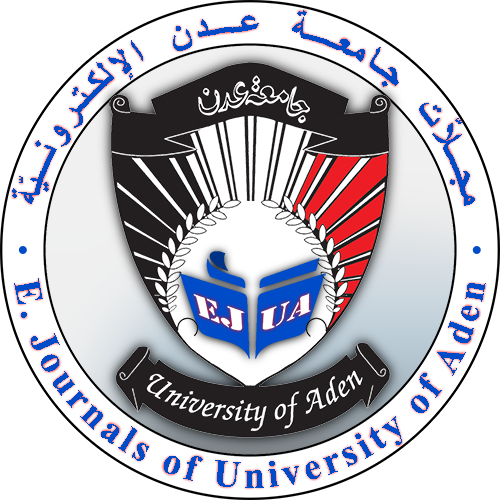LIOLOPHURA JAPONICA (MOLLUSCA: POLYPLACOPHORA) AS POTENTIAL BIOINDICATOR OF HEAVY METALS CONTAMINATION IN ADEN COASTS, YEMEN
DOI:
https://doi.org/10.47372/ejua-ba.2025.2.444Keywords:
L. japonica, Polyplacophora, Aden coasts, Heavy metals contamination, Sediments, Bioaccumulation, Bioindicators, AASAbstract
The coastal areas of Aden City hold ecological and economic importance for Yemen. However, they face increasing environmental pressures from various anthropogenic activities, leading to heavy metals contamination. The present study aims to assess the effectiveness of using Polyplacophora (Liolophura japonica) as bioindicator for heavy metals contamination in two coasts of Aden City (Al-Hiswah and Amran). To determine heavy metals contamination, samples of L. japonica and adjacent sediments were collected (three replicates per site) from intertidal zone during low tides. The soft tissues of L. japonica and sediment samples were dried then digested according to standard methods. An Atomic Absorption Spectrometer (AAS) was used to determine the concentration of (iron, zinc, lead) in study samples. Metal concentrations in sediments were compared to US EPA Sediment Quality Guideline; iron and lead levels in sediments from both coasts were found to be within non-polluted levels, while zinc levels at Al-Hiswah coast indicated moderate pollution. When comparing metal concentrations in L. japonica to the permissible limits set by FDA and FAO, it was found that iron and lead levels exceeded the permissible limits, while zinc levels were below the permissible limit. Statistical analysis revealed significant differences in iron concentrations in sediments between the two studied coasts while lead and zinc levels in sediments did not show significant differences. In contrast, significant differences in iron, zinc, and lead concentrations were observed in L. japonica between the two coasts. The results of BSAF indicate that L. japonica is a reliable bioindicator of lead pollution in the studied coasts.
Downloads
Downloads
Published
How to Cite
Issue
Section
License

This work is licensed under a Creative Commons Attribution-NonCommercial 4.0 International License.










